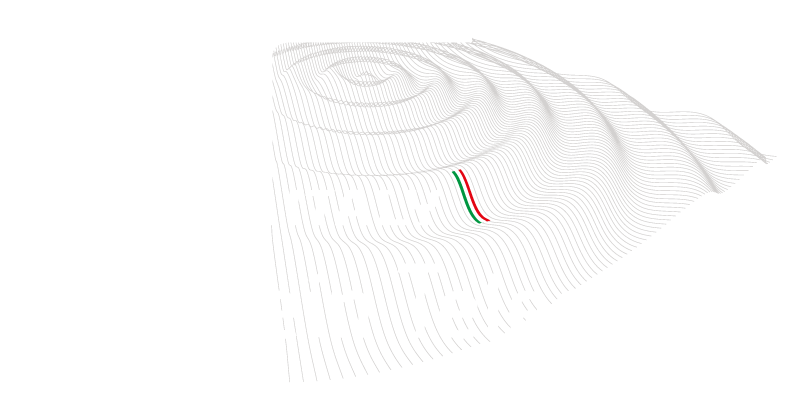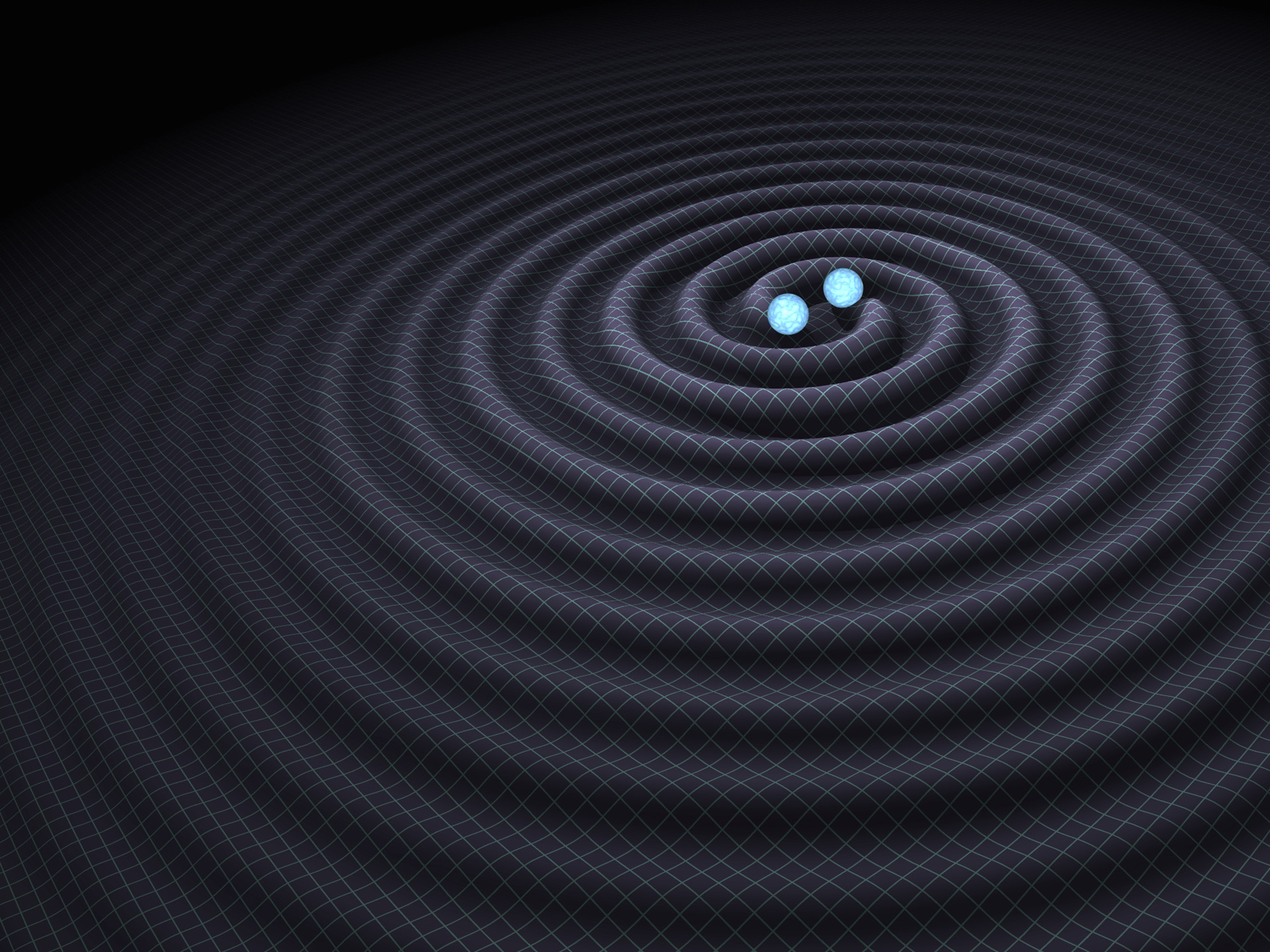by Gloria Nobile
Gravitational waves leave a mark. By stretching and contracting the spacetime they travel through, they imprint a sort of “memory” in the universe, forever changing the distances between two points in space. This effect, known as gravitational memory effect, could be observed by the next generation of gravitational wave detectors such as LISA, Cosmic Explorer and the Einstein Telescope, and could also illustrate the symmetries of the universe. This is demonstrated by a study conducted by a group of researchers led by Boris Goncharov from the Max Planck Institute for Gravitational Physics in Germany, published on June 13 in Physical Review Letters.
As predicted by Albert Einstein‘s theory of general relativity, the presence of mass and energy deforms the fabric of the universe, creating curves that affect the movement of objects and the propagation of light. These deformations are also created by gravitational waves, ripples in spacetime produced by the accelerated motion of large masses, such as black holes and neutron stars. In particular, the curvature produced by a gravitational wave generates other waves, further curving the spacetime fabric: this “burst” of gravitational waves causes the process to repeat, resulting in a change in the distance between two points in space. In this way, the evidence of a wave’s passage remains forever after the oscillations it produced have died down.
This result, first predicted 50 years ago and called displacement memory, shows similarities to spin memory, an effect discovered in 2016 and specifically related to the angular momentum of the wave. “Catching” these two effects would mean detecting the passage of gravitational waves without observing them at the exact moment they pass through.
The memory effect can be detected by observing permanent variations in the distance between two points in spacetime after a gravitational wave has passed. However, the signal produced is so small that current interferometers (LIGO in the United States and Virgo in Italy) are unable to detect it. Future gravitational wave detectors, including the Einstein Telescope, could be able to capture gravitational signals in the frequency range where the memory effect operates, thereby illustrating the symmetries of the universe, geometric transformations that describe the behavior of spacetime at great distances, far from any mass or source of gravity.
One of the co-authors of the newly published study is Jan Harms, professor at the Gran Sasso Science Institute of L’Aquila, member of the Einstein Telescope collaboration, and co-chair of the Instrument Science Board of ET (a working group dedicated to define the technical design of the future detector).
«The signal produced by the memory effect cannot be detected today because overall the sensitivity of today’s instruments is not good enough», explains Harms. «The Einstein Telescope will be more sensitive and have an observation band that will extend to much lower frequencies compared to today’s detectors. This is really the key».
Next-generation detectors, differing in sensitivity and frequency ranges, could thus reach – though with some obstacle – where current ones have to face noise and limited sources, observationally speaking. For example, distinguishing between different symmetry models in supermassive black hole merger events might be more feasible for LISA (Laser Interferometer Space Antenna), which will be the first space-based gravitational wave observatory. Meanwhile, despite their sensitivity, the future Einstein Telescope and Cosmic Explorer, third-generation ground-based experiments (like LIGO and Virgo), might have difficulty measuring the memory effect from single events.
«Even with Einstein Telescope, it is unlikely that the memory effect of an individual gravitational wave will be detected. It is necessary to sum the results of many observations to obtain evidence of this effect» concludes Harms. «This would happen more quickly if other detectors with similar performance, like the proposed Cosmic Explorer, were present to observe together with ET. It’s just a matter of time».
Credits featured image: R. Hurt (Caltech-IPAC)

